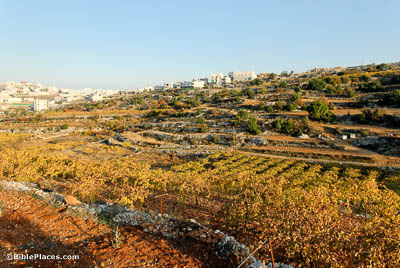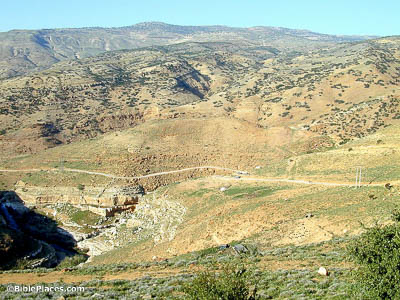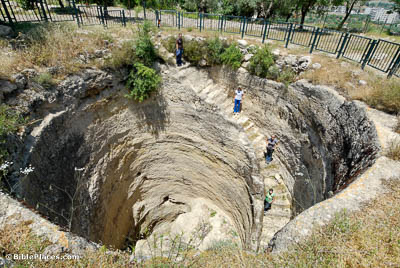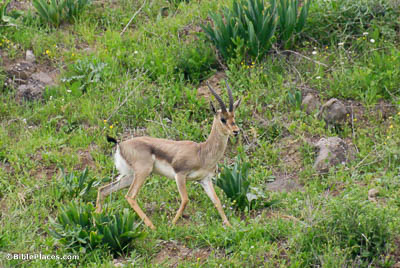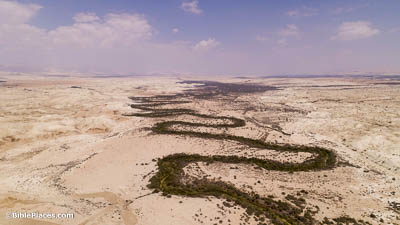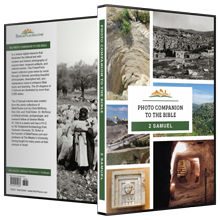And David said, “Where shall I go up?” And He said, “To Hebron” (2 Samuel 2:1).
After years on the run from Saul, David now saw the possibility of becoming the king that Samuel had anointed him to be. As before, David sought the Lord’s will, and his faithful God directed him to the major city in Judah. Here David would be king for seven and a half years while waiting for the northern tribes to abandon their foolish loyalty to Saul’s failed house. Hebron had been a significant city since the time of the conquest under Joshua. While in Hebron, David married a number of women and became the father of Amnon, Absalom, Adonijah, and other children. This photo shows a vineyard and terraced hillside near the ancient city of Hebron.
